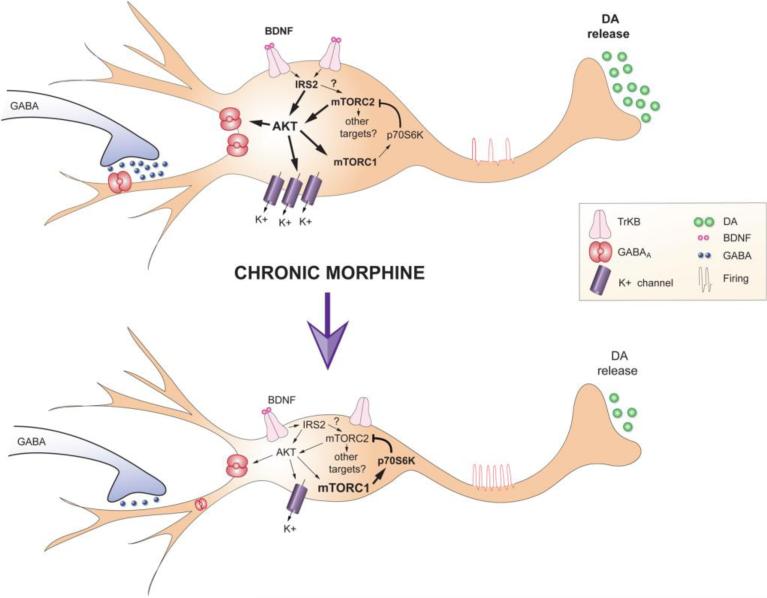Figure 7. Working Model of Chronic Morphine-Induced Adaptations in VTA DA Neurons.
Chronic morphine decreases VTA DA soma size yet increases neuronal excitability, while DA transmission to NAc is decreased. The net effect of morphine is a less responsive reward pathway, i.e., reward tolerance. Downregulation of IRS2-AKT signaling in VTA mediates the effects of chronic morphine on soma size and electrical excitability; the effect on excitability is mediated via decreased GABAA currents and suppression of K+ channel expression. Morphine-induced downregulation of mTORC2 activity in VTA is crucial for these morphine-induced morphological and physiological adaptations as well as for reward tolerance. In contrast to mTORC2, chronic morphine increases mTORC1 activity, which does not influence these morphine-induced adaptations.

